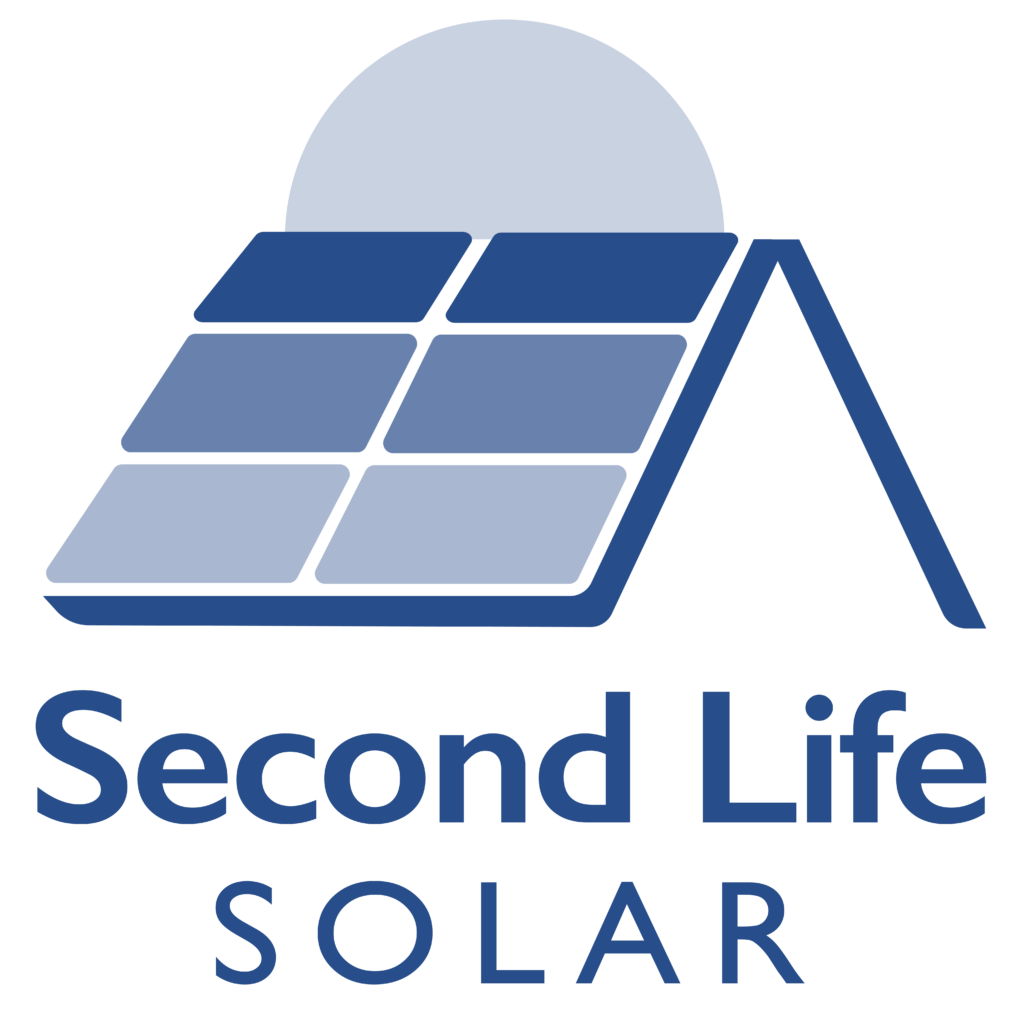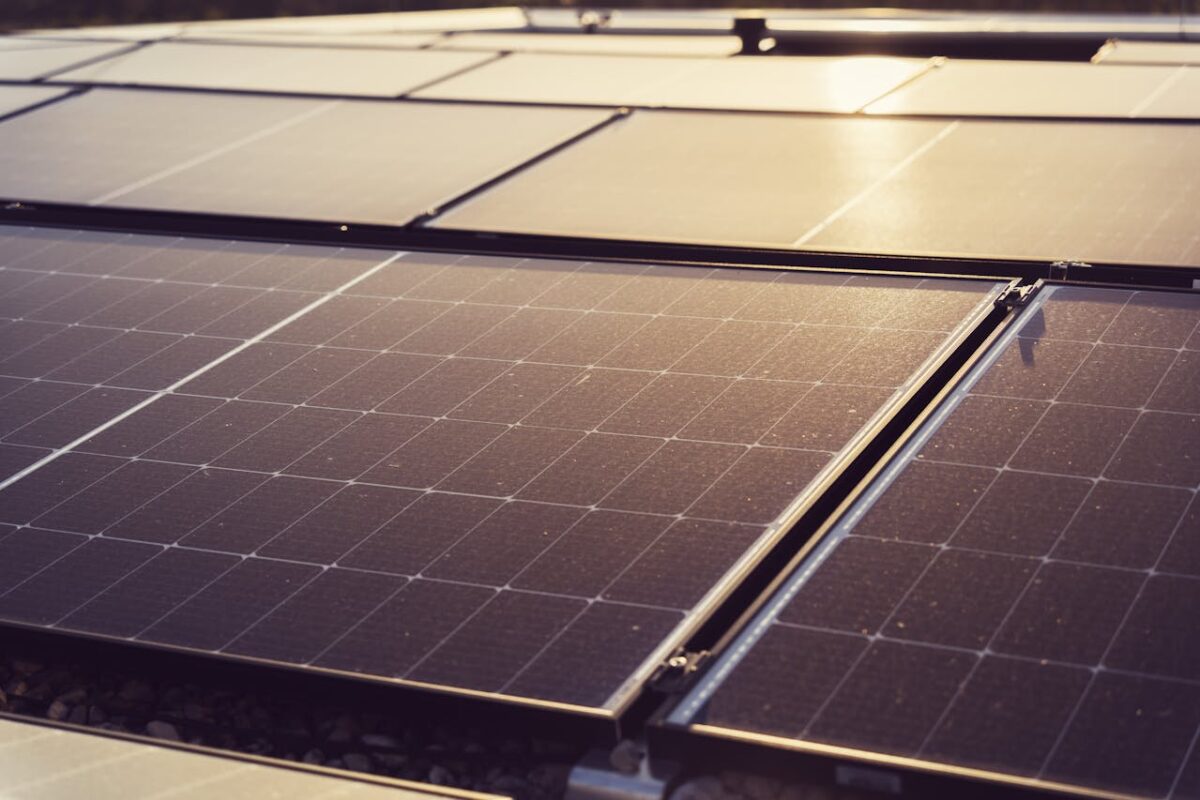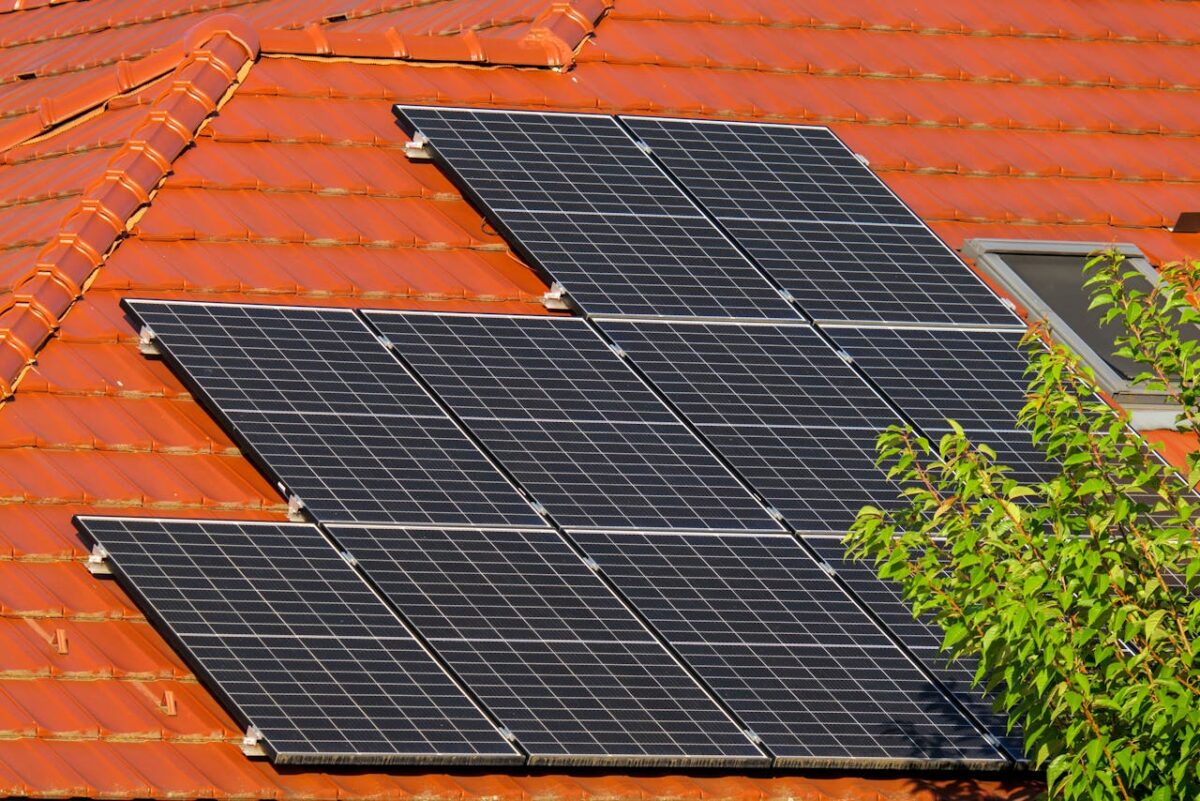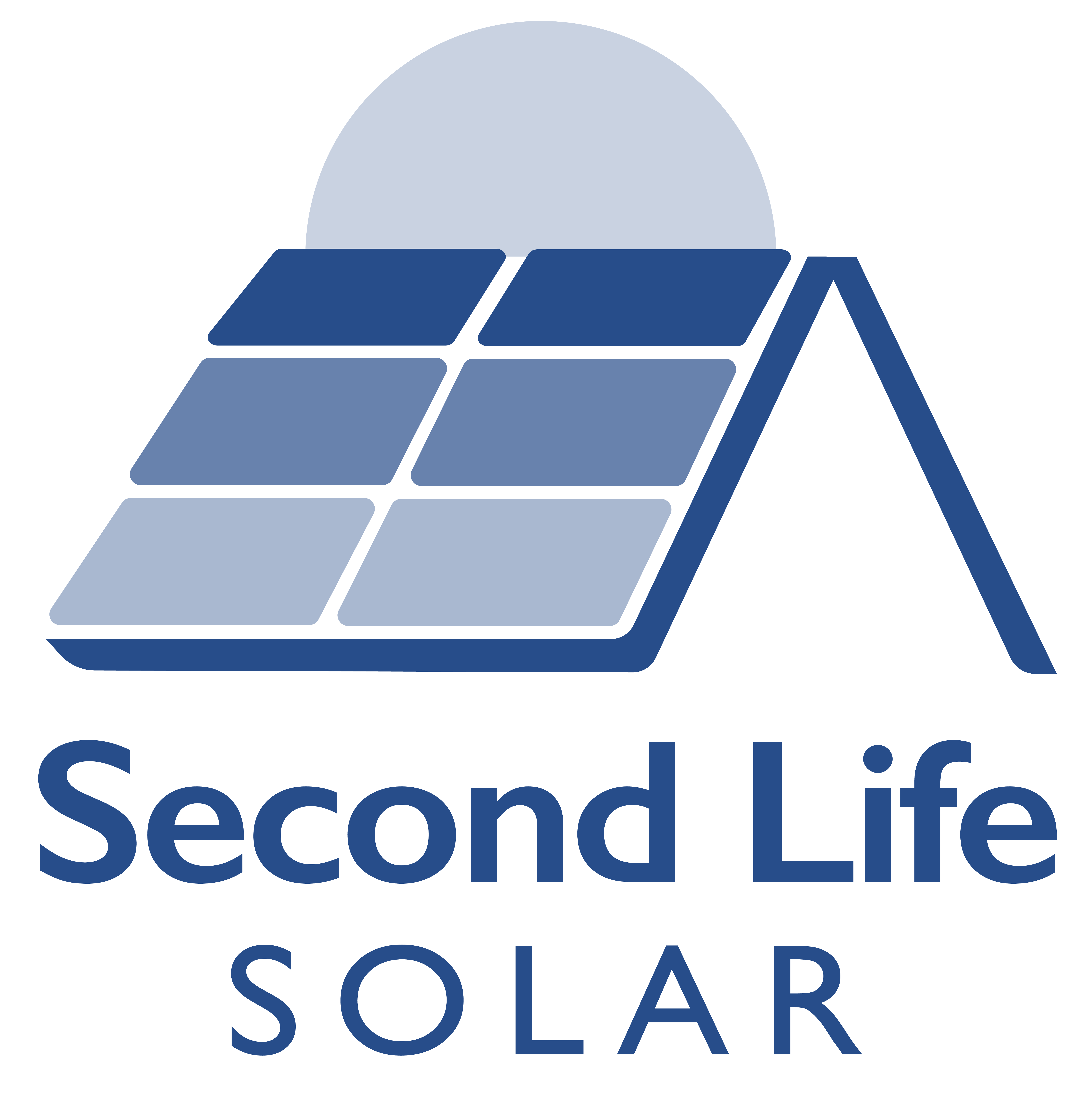How Solar Panels Work: Step by Step
Kallipso Mais
on
January 24, 2025
Ever wondered how solar panels work to turn sunlight into clean, renewable energy? The process is surprisingly straightforward yet powered by incredible science.
Let’s break it down step by step to understand how solar panels generate electricity for your home or business, reducing your carbon footprint and saving on energy bills.
How Do Solar Panels Work?
Step 1: Capturing Sunlight
The process begins with sunlight hitting the solar panels on your roof or installation site. These panels are made up of photovoltaic cells (commonly known as PV cells), which are designed to absorb the sun’s rays. The cells are made from materials like silicon and are structured with layers that create an electric field.
Each cell has positively charged and negatively charged layers that work together to generate an electric current. This is the first step in converting sunlight into electricity.
Step 2: Converting Sunlight into DC Electricity
As the sunlight is absorbed by the photovoltaic cells, it creates an electrical current. This is called direct current (DC) electricity. DC electricity flows in a single direction and is the raw energy that solar panels produce. However, your home or business cannot directly use DC electricity, so it needs to be converted.
Step 3: Converting DC to AC Electricity
This is where an inverter comes into play. Inverters are key to how solar panels working systems function. They convert dc electricity from the panels into alternating current (AC) electricity, which is the type of power your appliances, lights, and electronics use. Without this step, the electricity generated by your solar system wouldn’t be usable in your home or connectable to the grid.
Step 4: Powering Your Property
Once the inverter has converted DC into AC, the electricity generated by the panels is sent to your electrical panel (or fuse box). From here, the electricity powers your home or business, running everything from your kitchen appliances to your heating system.
If your solar panels produce more energy than you need, the surplus can be stored in solar batteries for later use or exported back to the grid via a net meter. This ensures none of your clean energy goes to waste.
Step 5: Measuring and Monitoring
A net meter keeps track of the energy your solar panels generate and any surplus energy sent back to the grid. This surplus can earn you credits with your utility company, offsetting the energy you use when your panels aren’t producing electricity, such as at night. Monitoring your system helps you understand how much energy you’re generating, consuming, and saving.
How Solar Panels Work: The Science Behind It
At the core of solar power is the photovoltaic effect. This occurs when sunlight hits the photovoltaic PV cells, causing electrons in the silicon to become excited. The movement of these electrons between the positively charged and negatively charged layers generates an electric current.
Each solar cell only produces a small amount of electricity, so multiple cells are combined to form a solar panel. A system of panels, known as a solar array, produces enough energy to power homes, businesses, or even industrial operations.
Renewable Energy and Reduced Carbon Footprint
Using solar energy reduces dependence on fossil fuels, helping to cut greenhouse gas emissions and shrink your carbon footprint. Solar is a reliable and sustainable way to meet your energy needs while contributing to a cleaner, greener planet.
Get Started with Second Life Solar
If you’re ready to reduce your energy costs and make a positive environmental impact, installing a solar system is the way to go. At Second Life Solar, we specialise in providing high-quality second-hand panels that deliver exceptional performance at a fraction of the cost.




